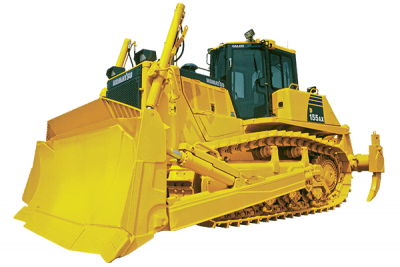News and media - press releases: Komatsu and Dimaag Launch Game-Changing Mobile Megawatt Charging System
In a significant advancement for the construction industry, Komatsu and Dimaag have unveiled the Mobile Megawatt Charging System (MWCS), a groundbreaking solution capable of delivering up to 6 MW of power for electric construction equipment.

This innovative technology addresses the logistical challenges associated with charging heavy machinery, positioning itself to electrify job sites more efficiently than ever.
Developed by Dimaag, co-founded by Tesla’s Ian Wright, in collaboration with Japanese equipment giant Komatsu, the MWCS features a compact, efficient DC-DC converter and a high-capacity Battery Energy Storage System (BESS).
Mobile Megawatt Charging System Set to revolutionize job site power needs
bThis dual system optimizes battery lifespan and safety during high-power deliveries, ensuring that electric machines can quickly resume operation during shift changes—or potentially even faster.
The MWCS’s impressive scalability allows it to not only charge various electric vehicles but also hints at possible commercial interest from large-scale buyers. It is specifically designed to navigate challenging terrains, thanks to its durable construction-grade tires and 4-wheel drive capabilities, making it suitable for job sites where accessibility can be an issue. There’s potential for the MWCS to even assist in towing less capable vehicles if needed.
Ian Wright, VP of Engineering at Dimaag, expressed excitement over the collaboration, emphasizing the need for practical electrification solutions that match or exceed the performance of traditional diesel counterparts. The MWCS prototype, which features a 295 kWh battery capable of delivering up to 1,500 amps at 1,000 volts, was showcased at the recent bauma construction exhibition, with real-world trials expected to commence later this year.
The push towards electrification in the construction sector appears to be gaining momentum, and the MWCS could signify a turning point in the industry’s transition away from diesel-powered equipment. With strategic developments like this, the future of electrified construction equipment is looking brighter than ever.













